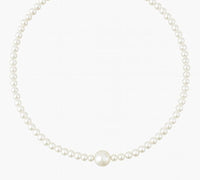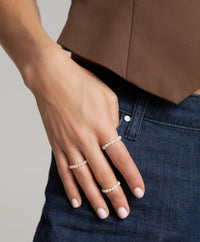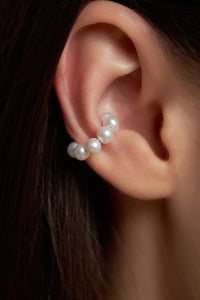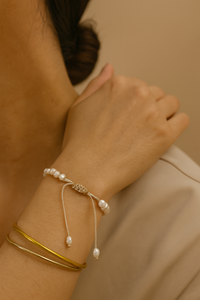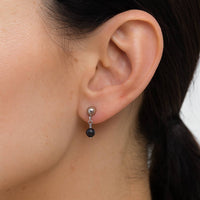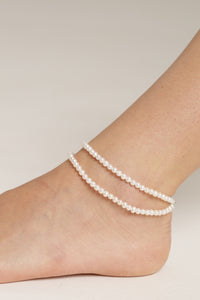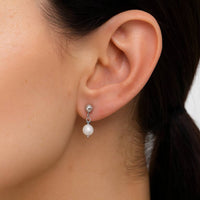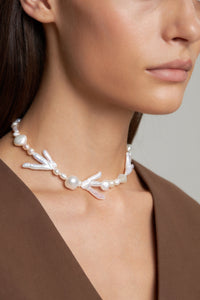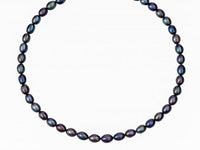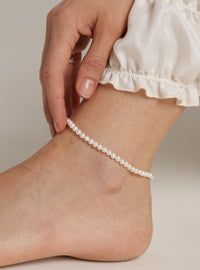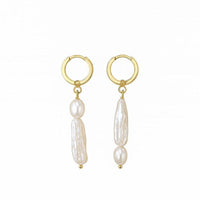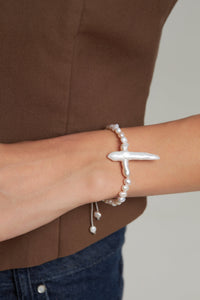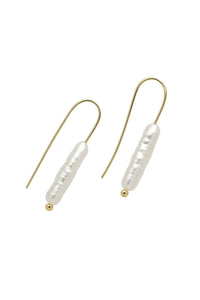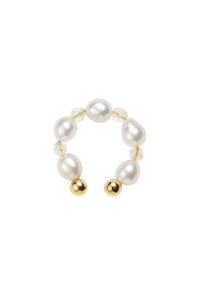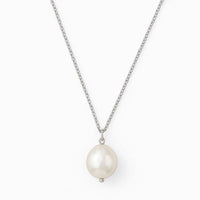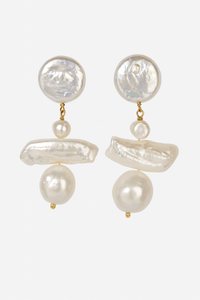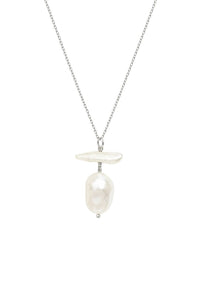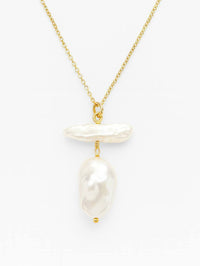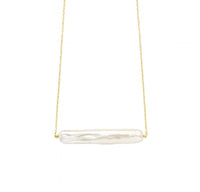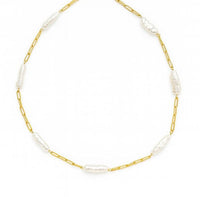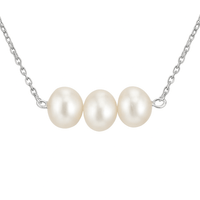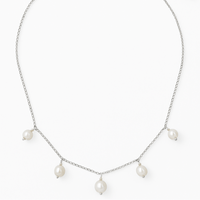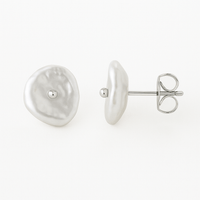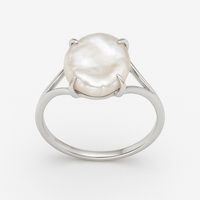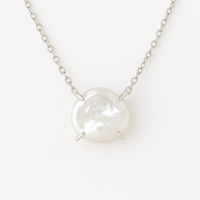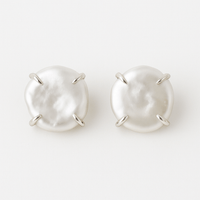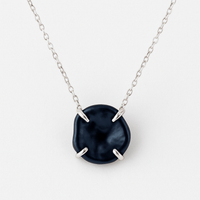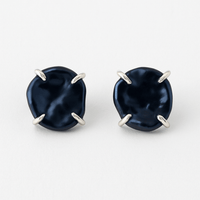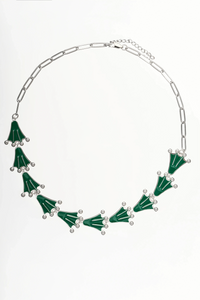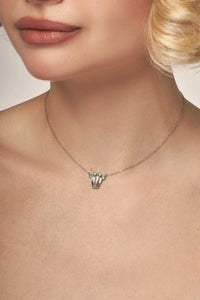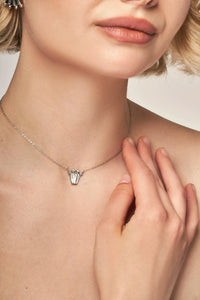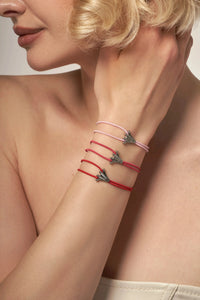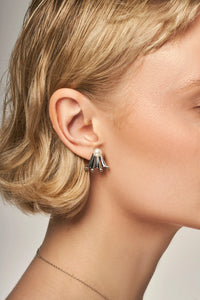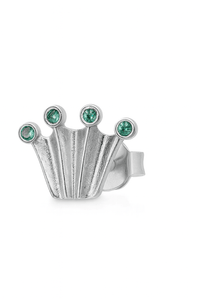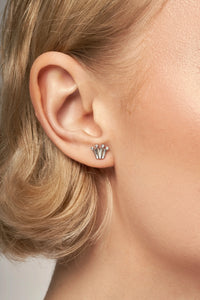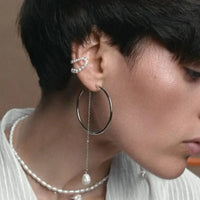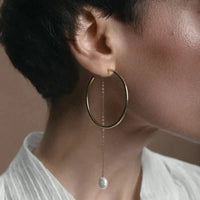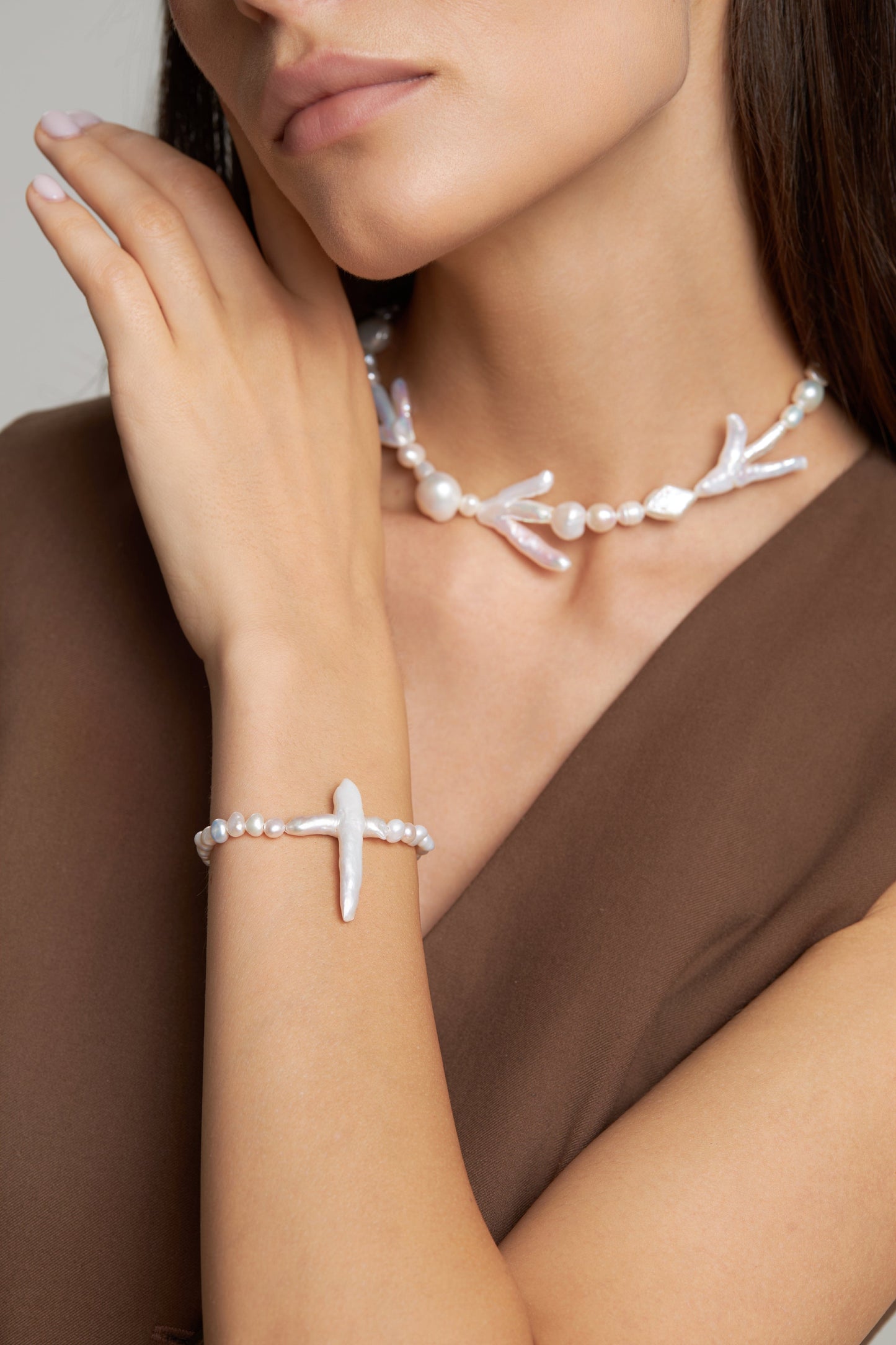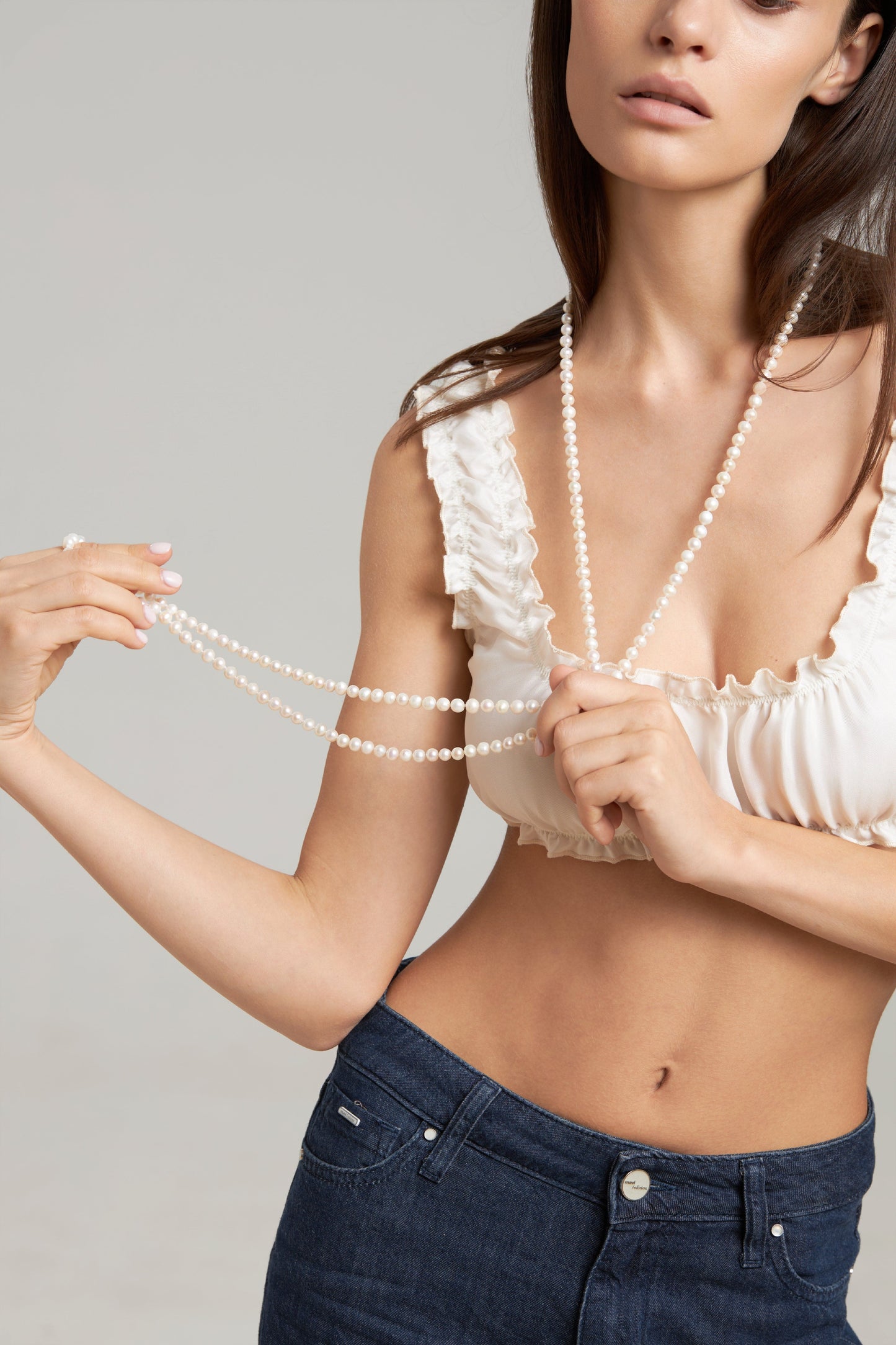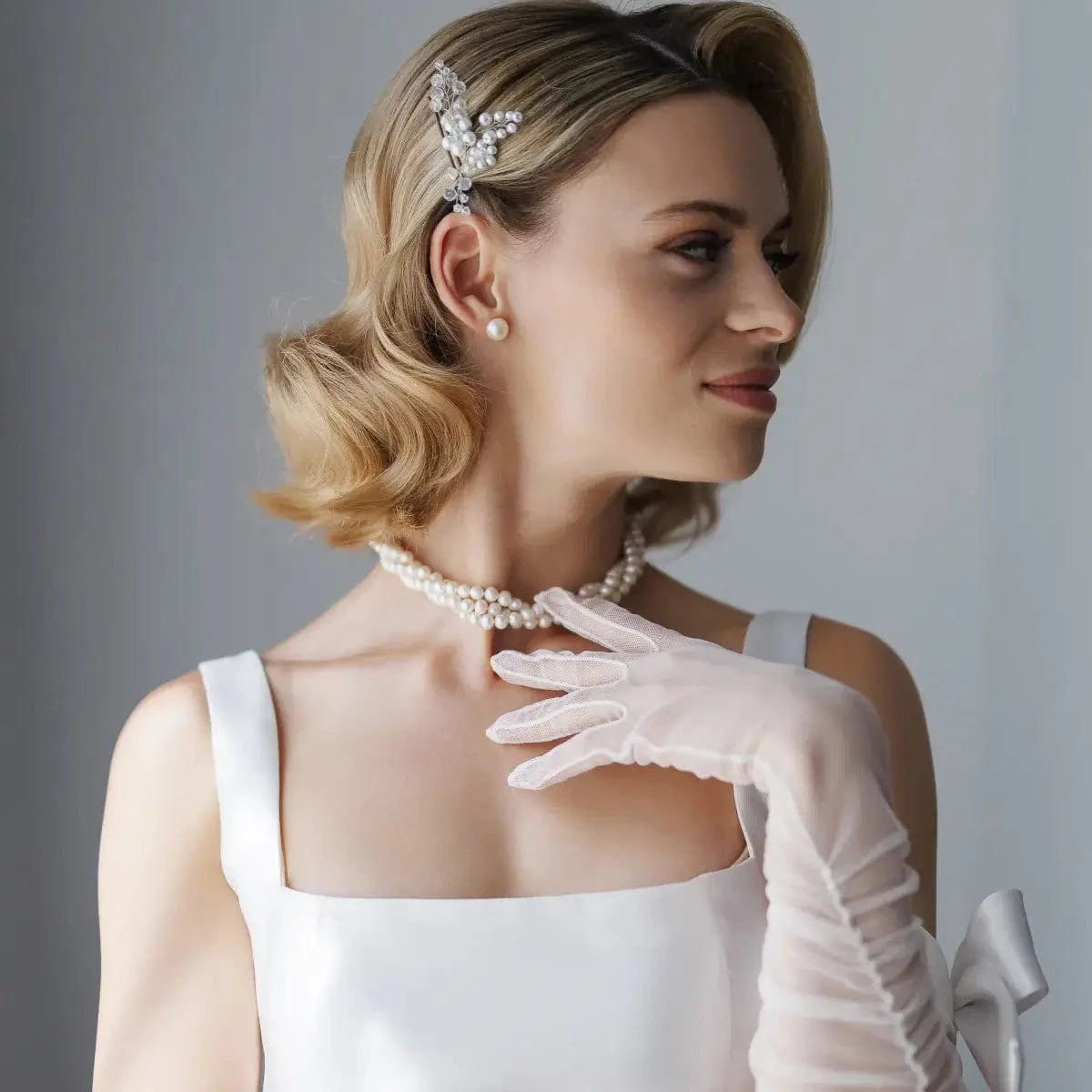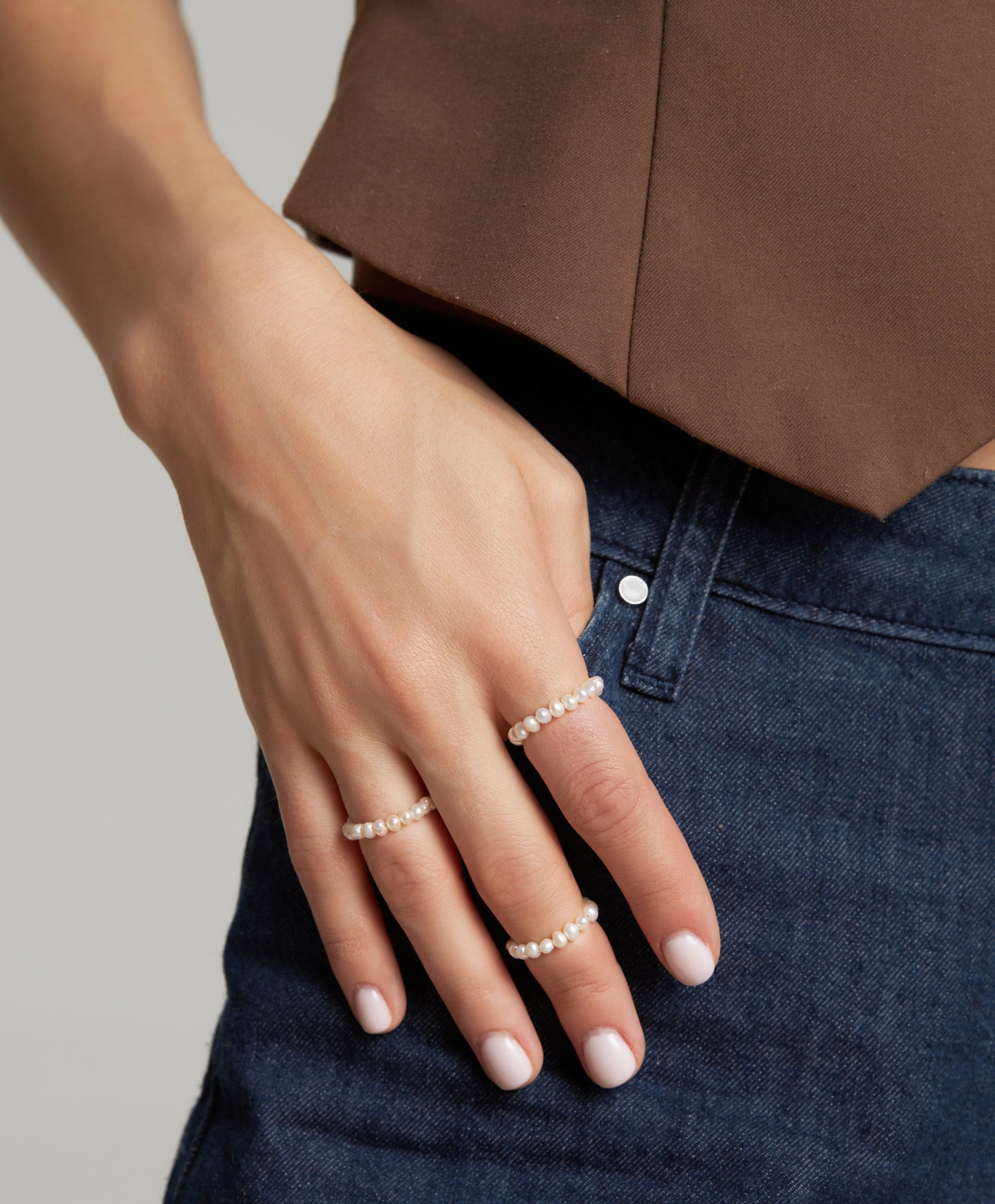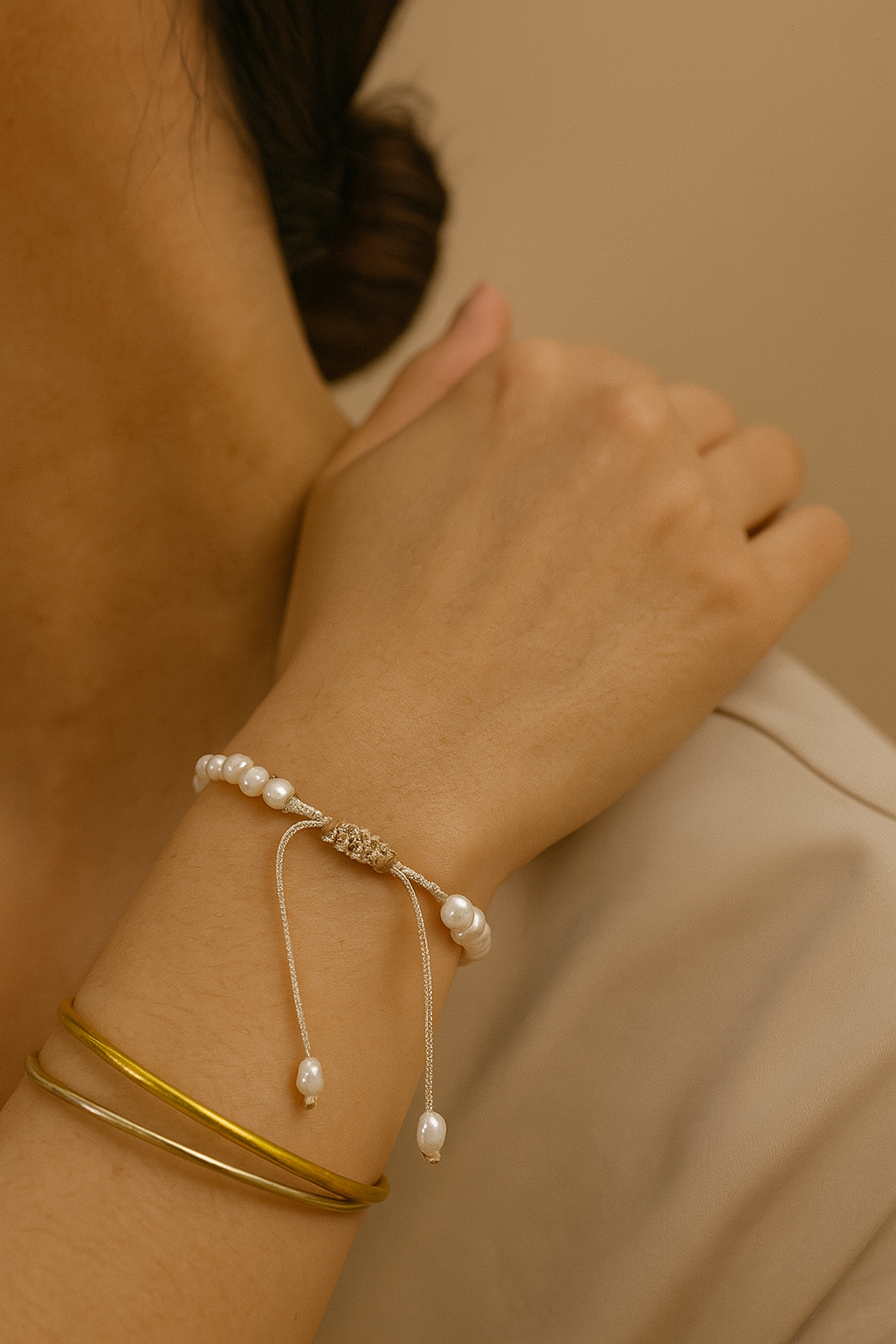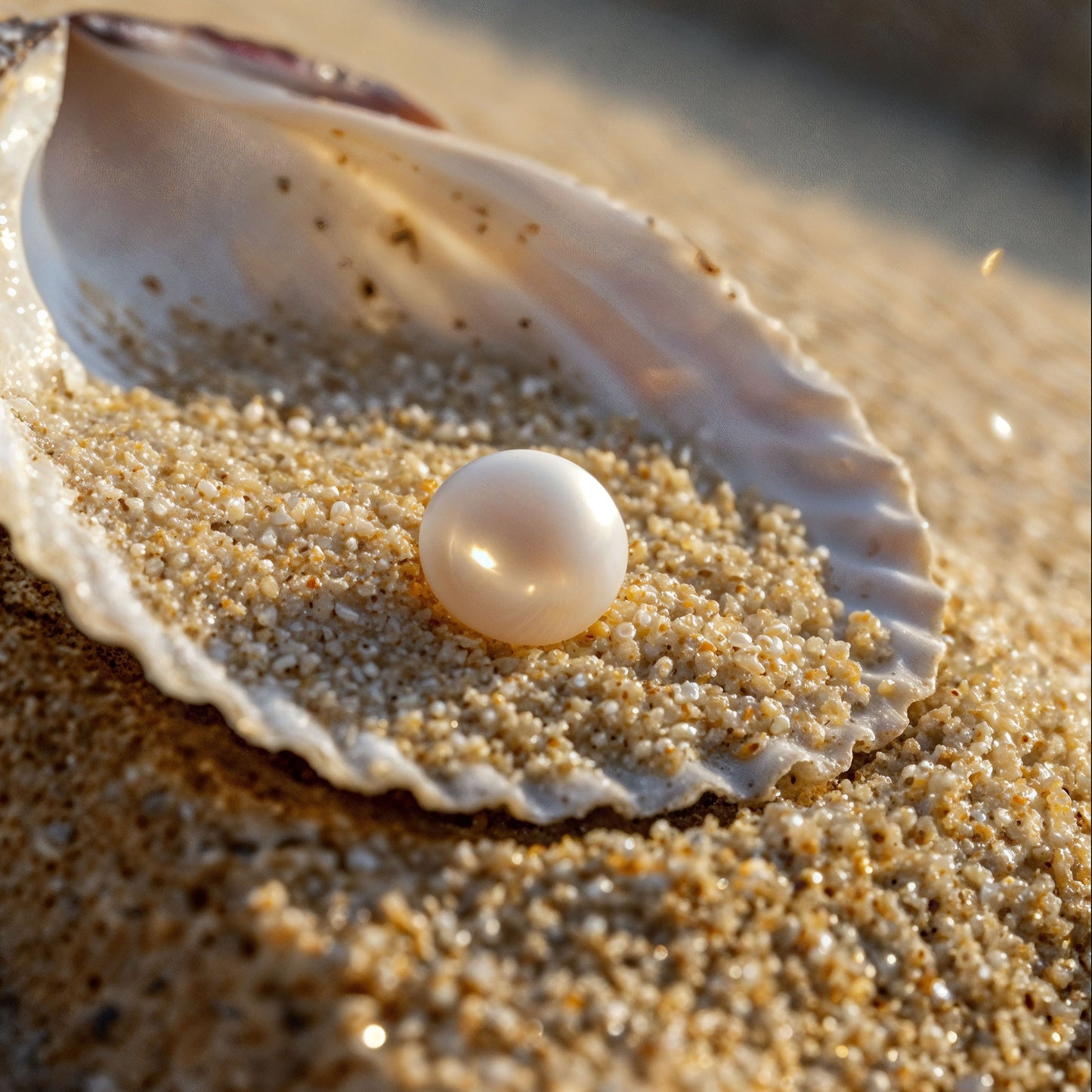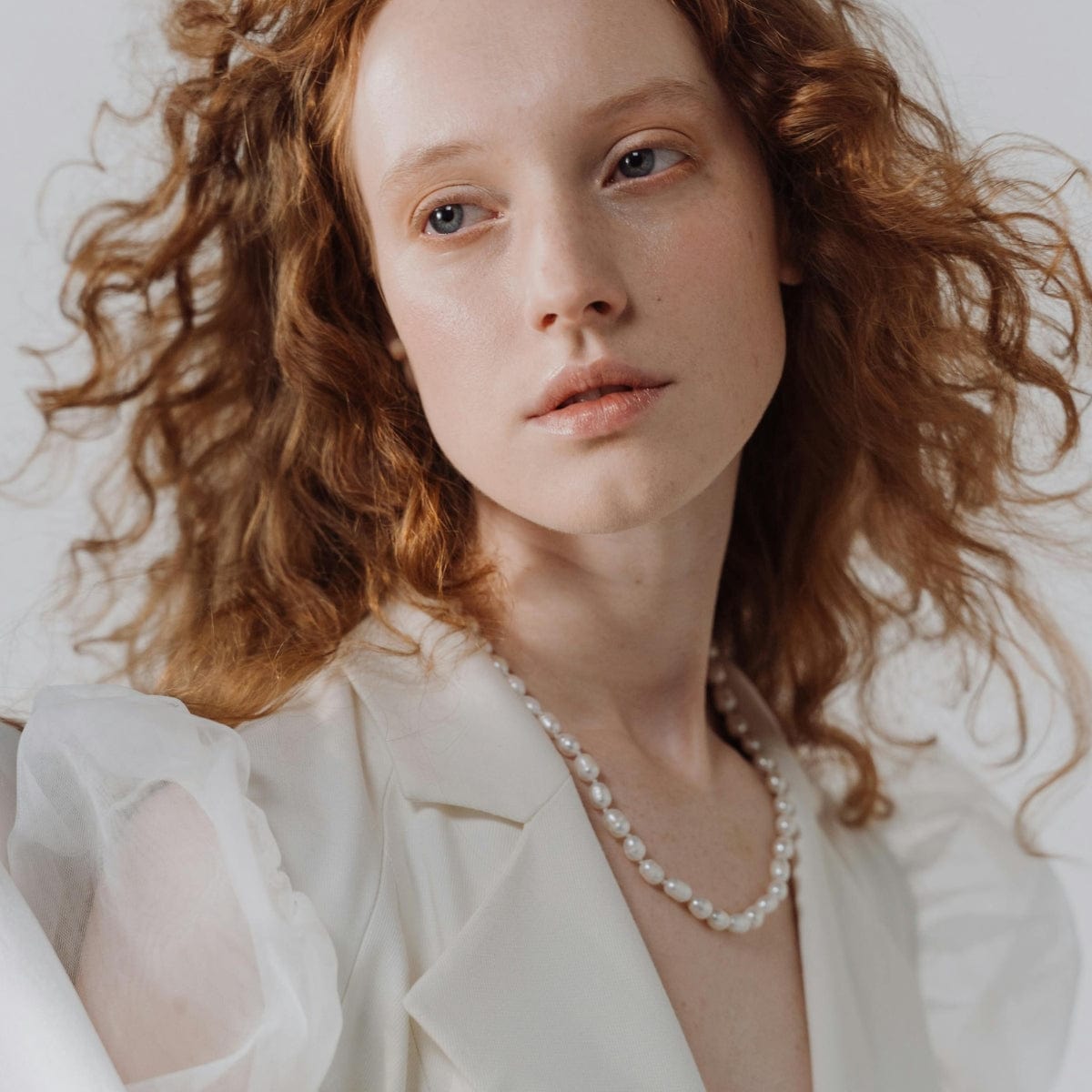
A pearl begins as a hidden spark inside a mollusk and, layer by layer, it transforms into a jewel that carries the light of the water. Its journey is slow and deliberate: each month adds depth, each year builds luster. Behind the elegance we admire lies a story of patience and natural beauty.
The Formation Process
Everything starts with a phenomenon called biomineralization: the mollusk secretes microscopic layers of aragonite, bound together with conchiolin. These successive layers form nacre, the material that gives a pearl its shine, strength, and depth.
Saltwater pearls
− Young oysters are carefully selected.
− A spherical nucleus and a small piece of mantle tissue are implanted in the gonad.
− After a short adjustment period, the oyster begins depositing nacre.
− Within 1–2 years the pearl develops, and harvesting usually takes place in cooler waters, when nacre layers are smoother and more lustrous.
− In some cases, the oyster can be re-implanted to produce another pearl.
Freshwater pearls
− The process uses mantle tissue grafts inserted into the mollusk, without a spherical nucleus.
− A single mollusk can produce 10 or more pearls at once.
− The maturation period lasts over a year, and the results are highly diverse in shape and color.
− First layers appear after 30–45 days, while optimal nacre thickness is reached within 8–24 months.
Growing Regions and Main Types
Saltwater pearls
✨ Akoya – cultivated in Japan and China (Pinctada fucata martensii). Ranging from 2–9 mm, Akoya pearls are white or cream with intense luster and often rose or silver overtones.
🌑 Tahiti – from French Polynesia (Pinctada margaritifera). They measure 8–14 mm and come in stunning shades of gray, black, green, or the famous “peacock.”
🌞 South Sea – grown in Australia, the Philippines, and Indonesia (Pinctada maxima). These pearls can reach 10–18 mm and are prized for their rare silver and golden hues.
🌸 Mabé – produced by species like Pteria penguin and Pteria sterna. With a flat back and domed front, they are ideal for earrings and pendants with volume.
Freshwater pearls – versatile treasures
China produces over 98% of the world’s freshwater pearls, cultivated in lakes and rivers.
✔ Composed almost entirely of nacre, they are durable and have a glow that seems to come from within.
✔ Layer-by-layer growth gives them a smooth texture and lasting luster.
✔ Shapes vary widely: round, near-round, rice, drop, baroque, or keshi.
✔ Colors range from white and cream to pink, lavender, peach, and iridescent tones.
✔ Excellent value: a high-quality freshwater pearl (AA–AAA) can visually rival Akoya while being more affordable.
✔ Modern techniques, including multiple tissue grafts and bead-nucleation, allow for larger, rounder, and more uniform pearls.
👉 In practice, for everyday jewelry like necklaces or bracelets, freshwater pearls of AA–AAA quality offer strength, versatility, and elegant luster.
Non-nacreous pearls – rare beauties
Not every pearl displays the classic iridescence of nacre. Examples include:
− Tridacna – the giant clam that produces white, matte pearls.
− Melo melo, Strombus gigas, Cassis – rare marine snails that create waxy pearls in opaque shades of beige or orange.
These gems are extremely rare and highly valued by collectors.
The way a pearl forms defines its size, color, and character. Akoya with their refined shine, exotic Tahiti, golden South Sea, or the endlessly diverse freshwater pearls – each tells a different but equally captivating story.
👉 Explore Pearl Code collections and choose the pearls that reflect your personality. Every jewel is a small universe of natural beauty shaped by time – and it’s yours to wear with pride.
